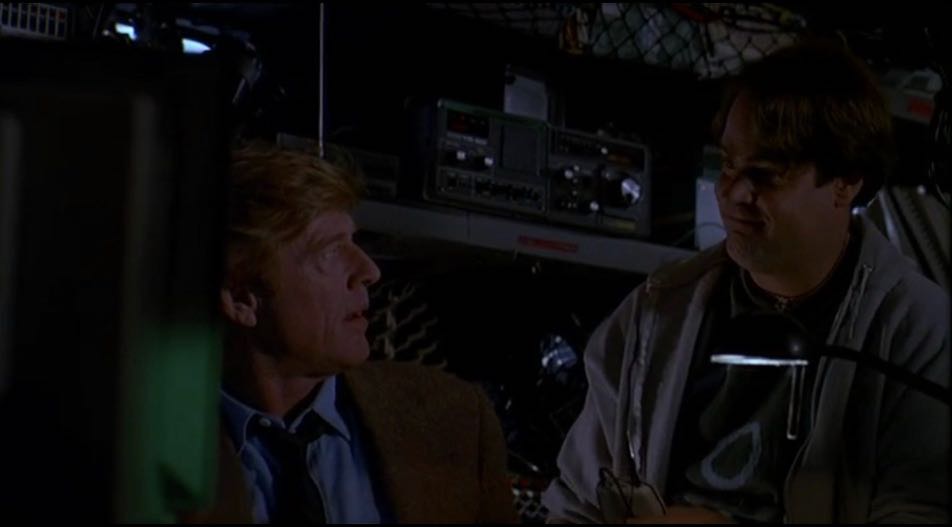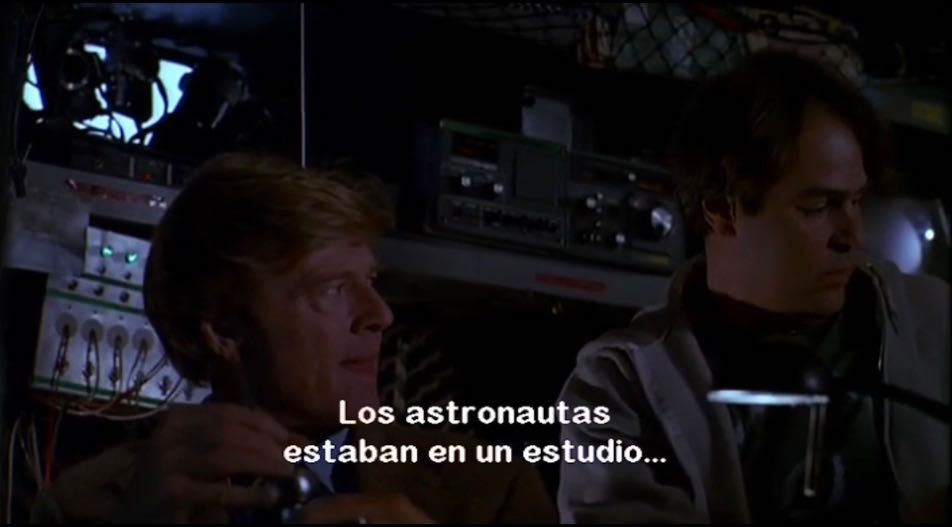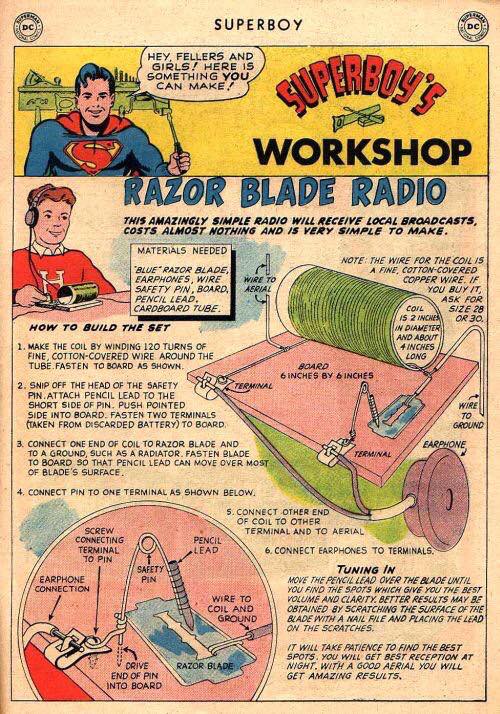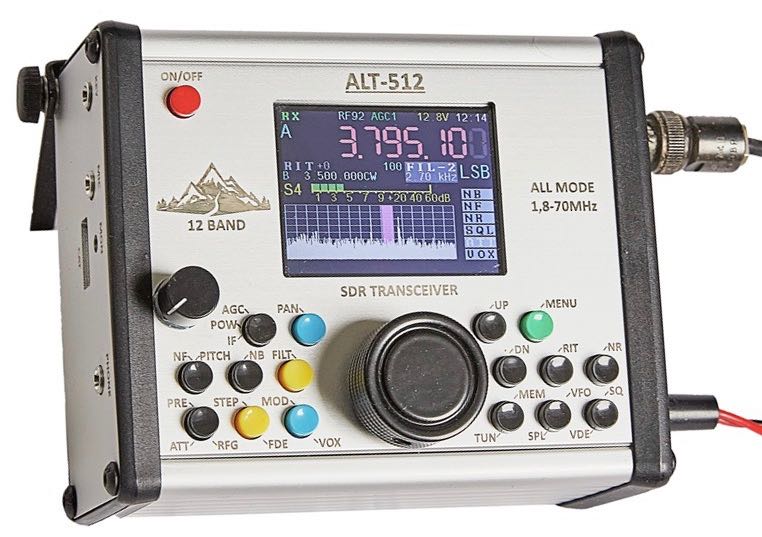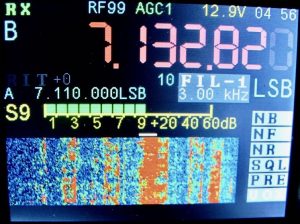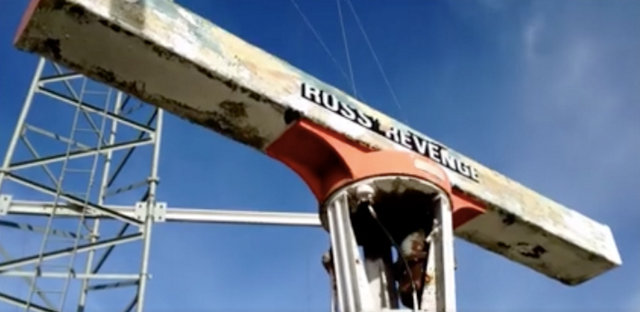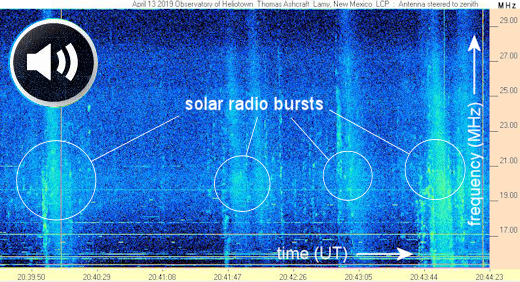Join us this Easter, our 55th Birthday, for our Annual Fundraiser.
We will be broadcasting Radio Caroline North live from our radio ship, Ross Revenge, anchored in the estuary of the River Blackwater, from 9:00 am on Easter Friday until 2:00 pm on Easter Monday (all UK times).
You will be able to hear us on 1368 AM (courtesy of Manx Radio) in the north west of the UK (and parts of Ireland) and on our own 648 AM frequency in the south east, and also round the world online at www.radiocaroline.co.uk and on our mobile app.
In addition, you will be able to hear our regular Radio Caroline album format and Radio Caroline Flashback programmes on their normal channels, when they are not carrying the Radio Caroline North programmes.
It’s been quite a year, with our 648 AM and London DAB transmissions both building a substantial new audience for Radio Caroline.
However, with each expansion, our annual running costs increase substantially. And there’s lots more we would like to do.
This year, we have created a stylish Radio Caroline Bell teeshirt, based on a design that was originally used for the Radio Caroline Roadshows.
Starting on Easter Friday, and ending at midnight UK time on Easter Monday, if you are able to make a one off donation of 25 Pounds or more, or join the Radio Caroline Support Group (for a minimum monthly donation of 7.50 Pounds, cancellable at any time), we will send you your Retro Radio Caroline Bell teeshirt.
And remember, donations of any amount will always be gratefully received.
The donation button will go live on our website early on Easter Friday.
After deducting the cost of the teeshirt, we are planning to use approximately one half of your donations to maintain and expand our broadcast operations, and the other half for the maintenance and upkeep of Ross Revenge.
Happy Easter!
Radio Caroline
www.radiocaroline.co.uk
www.facebook.com/radiocarolineofficial
twitter.com/theradcaroline

